Navigating the Shifts in Higher Education: What Journalists Need to Know about University Funding and the Dissolution of the Department of Education

Essential Insights and Strategies for Reporting on Recent Developments in Higher Education Funding
The landscape of higher education funding in the United States is undergoing significant changes, particularly with recent discussions and proposals surrounding the potential dissolution of the Department of Education. For journalists covering education, understanding the implications of these shifts is crucial. This document provides essential context, key information, and practical guidance for accurately reporting on the evolving situation in university funding and educational governance.
Background on the Department of Education
Established in 1979, the U.S. Department of Education oversees federal financial assistance to educational institutions and students, ensuring equal access and enforcing educational laws and civil rights protections. Its potential dissolution could fundamentally alter the landscape of federal educational oversight, student loan programs, and funding for public and private institutions.
Potential Impacts of Dissolution
Journalists must consider the following potential impacts of dissolving the Department of Education:
Shift in Federal Oversight: Without a centralized authority, oversight and regulatory functions could shift to states, potentially leading to varying standards and funding models.
Changes to Federal Student Loans and Grants: The restructuring or elimination of federal student aid programs like Pell Grants, Direct Loans, and work-study initiatives could significantly affect student access to higher education.
Institutional Funding Instability: Universities heavily reliant on federal funding could face financial uncertainty, impacting research programs, operational budgets, and student services.
Understanding University Funding Sources
To effectively report on higher education funding, journalists must understand various funding sources and their relative importance:
Federal Funding: Includes research grants, financial aid, and direct funding for specific programs.
State Funding: Typically crucial for public institutions, state funding may vary significantly depending on local politics, economic conditions, and policy decisions.
Private Funding and Donations: Endowments, donations from alumni and philanthropists, and corporate sponsorships provide essential resources, especially for private universities.
Tuition Revenue: A critical component of university budgets, tuition revenue can fluctuate with enrollment trends and financial aid availability.
Key Resources for Journalists
Journalists covering higher education should consistently consult credible resources:
National Center for Education Statistics (NCES): Provides comprehensive data on education finance, institutional demographics, and enrollment trends.
The Chronicle of Higher Education and Inside Higher Ed: Offer timely insights, expert analysis, and detailed coverage of policy changes and funding dynamics.
State and Institutional Reports: State budget analyses and institutional financial reports give insights into localized funding impacts.
Reporting Responsibly and Effectively
Journalists should approach the topic with accuracy and nuance, clearly distinguishing between confirmed policy changes, proposals, and speculation. Providing balanced perspectives from policymakers, educators, students, and financial experts ensures comprehensive reporting that adequately represents potential consequences.
Communicating Complexity Clearly
To help audiences understand intricate funding structures and policy implications:
Use straightforward, clear language to explain funding mechanisms and governance changes.
Incorporate real-world examples to illustrate potential impacts on students, faculty, and institutional stability.
Engage expert analysis to clarify complex policy discussions and provide authoritative perspectives.
Ethical Considerations
Maintaining ethical standards remains paramount. Journalists must transparently disclose conflicts of interest, ensure factual accuracy, and responsibly manage sensitive information, especially when covering topics affecting public trust in educational institutions.
Staying Informed and Updated
Given the evolving nature of higher education funding, journalists must stay informed through:
Participation in specialized training sessions or webinars focused on education policy and financial reporting.
Regular monitoring of legislative activities, budget proposals, and policy announcements at federal and state levels.
Reporting effectively on the changes in higher education funding and the potential dissolution of the Department of Education requires journalists to be thoroughly informed, ethically rigorous, and capable of clearly conveying complex issues. By leveraging accurate data, balanced perspectives, and comprehensive resources, journalists can provide critical insights, enabling the public to better understand and navigate the significant transformations affecting higher education today.
